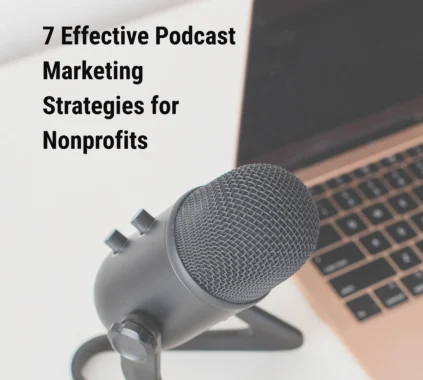‘Happy National Tell a Story Day! Do you know someone who is a good storyteller? Someone who can captivate an audience with the tale they are weaving. Someone whose storytelling techniques are so advanced that you always want to hear them, because they are engaging and entertaining. For me, that someone is was always my grandfather. We would listen over the dinner table and walk with him through the memories of his youth, his love of the backwoods of northern Minnesota and his passion for Notre Dame football. Nonprofits can learn a valuable lesson for good storytellers. ‘
Storytelling is a powerful communications tool that can set you apart from other nonprofit organizations vying for your donors’ time, talent, treasure and attention. As you are well aware, donors give for altruistic reasons, so connecting with them on an emotional level is key to capitalizing on their generosity and desire to give. Storytelling is a great and incredibly effective way to do just that! Donors like (and respond to) the warm and fuzzy that comes from supporting a cause. Make sure you are continually warming their hearts through compelling and inspired storytelling that brings your mission to life. Try these storytelling techniques designed to help you speak to donors’ hearts:
Remember the three C’s.
Be clear, concise and compelling. Verbose, meandering and mundane content will be ignored.
Related : Storytelling and Transparency Encourage Giving
Tell the truth.
Being truthful and transparent are extremely important. Don’t take creative liberties and exaggerate your stories. Donors can separate fact from fiction, so don’t embellish for effect.
Be your authentic self.
Every organization has a personality. It’s the way you express and represent yourself — it’s your heart and soul. Be genuine and let your persona shine through so donors can better relate to you and your mission. Stories without personality fall flat.
Choose words wisely.
Use descriptive language that elicits an emotional response from your readers and helps them visualize your story. Lose the industry jargon and forget the facts and figures (they are often hard to remember, anyway). Your supporters want to know the backstory, so tell them!
Showcase the people you serve.
Every story needs a hero and personifying your work through the eyes of those you serve is an ideal way to emotionally connect with donors. Don’t just tell donors their support is crucial – show them their donation in action.
Do not sweat the small stuff.
Don’t stuff your story with unnecessary details. Yes, paint a picture, but don’t paint every detail, especially those that have no impact on the story’s main point. Storytelling telling is an art. When done well, you intrigue your audience and inspire them to take action. However, like any skill, it takes practice to perfect. Look for ways you can start to incorporate this popular – and proven – communication technique into your communications schedule. A versatile tool, storytelling can work across a variety of mediums including newsletters, videos, websites, dedicated e-blasts, mailers and more.
We’d love to hear how you’ve incorporated into your communications, so share your story in the comments below.
2016 Communication egiving encourage giving engagement fundraising success outreach storytelling
Last modified: April 27, 2016



















![9 Fundraising Campaigns Targeting Millennials and Gen Z [2024] Fundraising Campaigns Targeting Millennials and Gen Z](https://blog.givecentral.org/wp-content/uploads/2024/10/Simple-Blog-Update-Featured-Instagram-Post-1.png)


